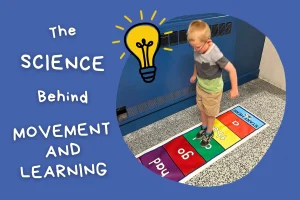Grade: Kindergarten
Subject: Math
I. Objectives
The learner will be able to count to 100 by ones and by tens.
II. Common Core Learning Standard
K.CC.1 – Count to 100 by ones and tens
III. Background Information/Vocabulary
The learner must be familiar with the numbers 1-100.
IV. Instructional Procedures/Activities
A. Introduction (10 minutes)
First, the teacher will call for the students’ attention and ask them to stand quietly in a circle. Then, the teacher will tell the class that today, they will pretend to be dinosaurs, Tyrannosaurus Rexes, to be specific.
Next, the teacher will show the class how they can be T-Rexes by stomping their left foot when they say “one,” their right foot when they say “two,” and then grabbing their prey when they say “three.” The teacher will demonstrate how the class can repeat the “stomp, stomp, grab” movements and count all the way to 100.
Then, the teacher will lead the class in counting to 100 by pretending to be dinosaurs. The teacher will tell the class that today, they will continue counting to 100, as well as practice skip counting to 100 by tens.
B. Instruction (40 minutes)
First, the teacher will show the class the Math & Movement Add/Subtract mat and will show the class that all the numbers 1-100 are on the mat’s squares.











